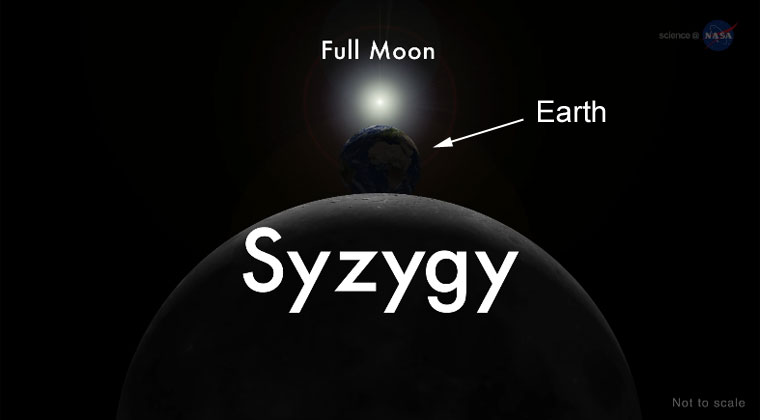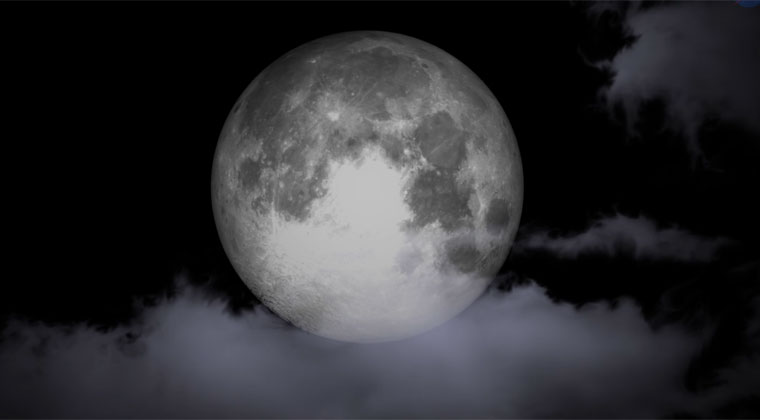According to NASA, 2016 is going to end in a big way: Earthlings will get to witness a supermoon on Nov. 14 and Dec. 14, 2016. It will be huge, huge, I tell ya.
In fact, the phenomenon had already occurred once last month on Oct. 16, but it probably went under-reported.
The last time the moon was so close to Earth was in January 1948. Or for those without elephant memories, a supermoon showed up in July 2014.
This month, the moon will appear up to 14 percent bigger and 30 percent brighter than an average full moon. This is the closest the moon will get to Earth until Nov. 25, 2034.
Why the big moon? NASA explains that the moon has an elliptical orbit.
One side, called the perigee, is about 48,280 km (30,000 miles) closer to Earth than the other side, the apogee.
And here's where it is going to get a bit technical.

When the sun, moon and Earth line up, it's called syzygy.
When this Earth-Moon-Sun system occurs with the perigee side (the closer side) of the moon facing us, and the moon happens to be on the opposite side of Earth from the sun (above picture where the Earth is sandwiched), we get what’s called a perigee-syzygy.
That causes the moon to appear much bigger and brighter in our sky than usual, and it’s referred to as a supermoon -- or more technically, a perigee moon.
But because the Nov. 14 moon takes only two hours to become full, it’s going to look the biggest it has in nearly seven decades.
NASA also explains that the supermoon can look unusually large on the horizon by creating an optical illusion when seen against foreground objects.
"When the moon is near the horizon, it can look unnaturally large when viewed through trees, buildings, or other foreground objects," says NASA. "The effect is an optical illusion, but that fact doesn’t take away from the experience."
Here's an example:
From tonight's #fullmoon in #Seattle : Super Moon? What #supermoon ...? pic.twitter.com/IgAGcomAst
— Tim Durkan (@timdurkan) July 13, 2014
Check out explainer video by NASA:
" frameborder="0" allowfullscreen>
If you like what you read, follow us on Facebook and Twitter to get the latest updates.
If you like what you read, follow us on Facebook, Instagram, Twitter and Telegram to get the latest updates.
